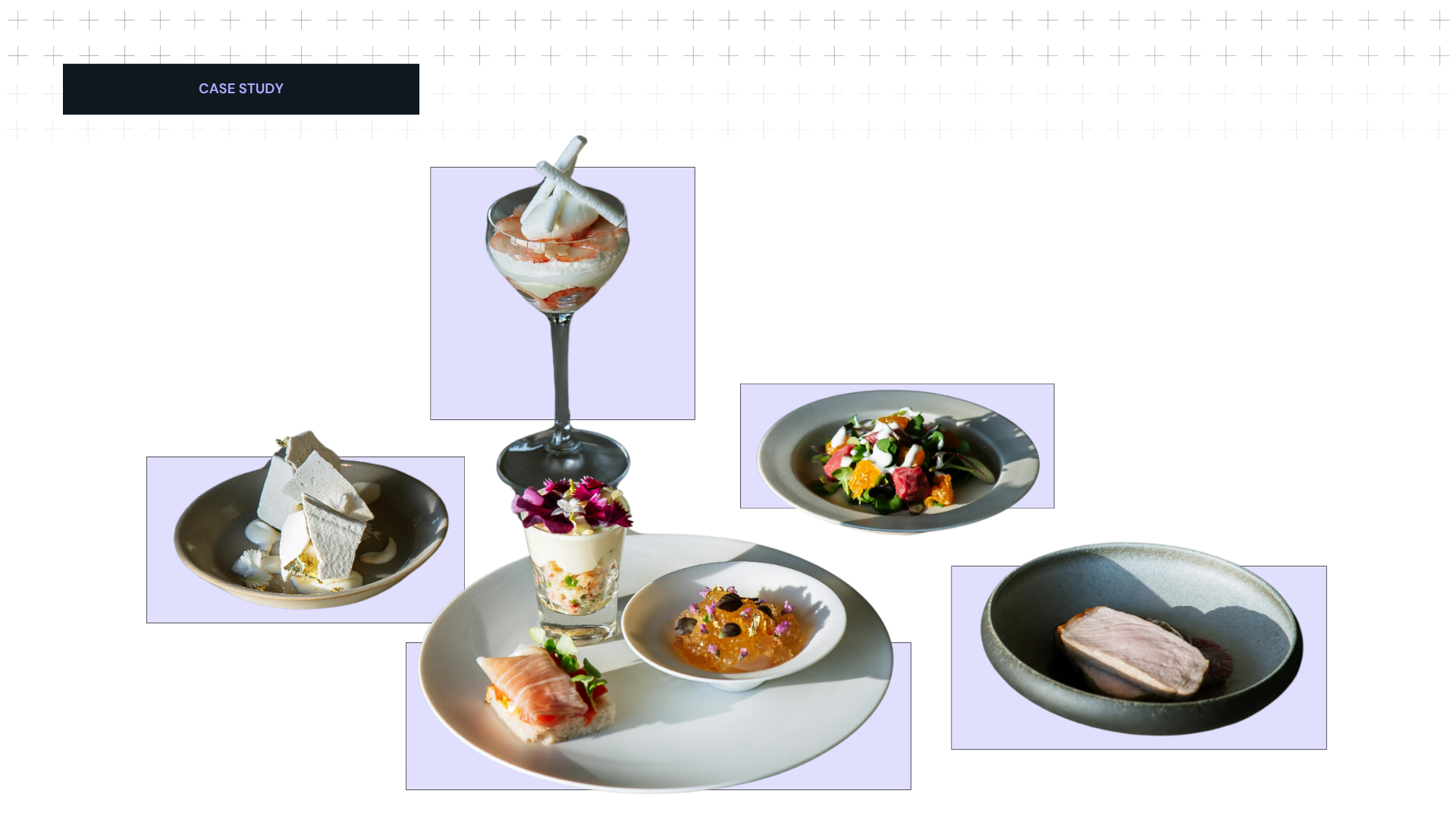

A world-renowned luxury hotel partnered with Carbon Maps to measure the environmental footprint of its food purchases and gain a clear picture of its most impactful ingredients.
By transforming thousands of supplier delivery notes into structured data, the group was able to quantify the carbon impact of its entire food purchasing portfolio, setting them up for their next sustainability initiatives.
This luxury hotel is one of the world’s most prestigious, celebrated for its architecture, fine dining, exceptional service, and heritage of culinary excellence. Its kitchens, bars, and event spaces serve thousands of guests every year — sourcing hundreds of ingredients from local artisans and premium suppliers.
In line with its broader sustainability commitments, the hotel sought to better understand the environmental footprint of its gastronomy. Based on Carbon Maps' analysis, food purchases represent 60-70% of Scope 3 emissions for most food & beverage players, and the hotel wanted to build a robust data foundation to inform its carbon reporting and future menu innovation.
The group didn’t have a consolidated purchasing spreadsheet. All purchasing data existed only as supplier delivery notes in PDF format — thousands of them, spread across multiple restaurants, bars, pastry kitchens, and banquet teams.
This presented a huge barrier: before any carbon analysis could begin, someone would have needed to manually read, copy, and re-enter data line by line from each invoice into a central spreadsheet — a process that could have taken weeks or months for one of their employees and still risked errors or inconsistencies.
With Carbon Maps’ AI-powered extraction tool, this step was fully automated. The generative AI system could read PDFs directly, extract key fields (product name, weight, origin, label, quantity), standardize the data, and upload it into the platform — all in a matter of hours instead of months.
To meet these goals, Carbon Maps deployed its Product Carbon Footprint solution to analyze the hotel’s full purchasing dataset, starting directly from supplier delivery notes (PDF format).
Over 7,000 supplier PDFs — representing nearly 100,000 lines of purchases — were processed using Carbon Maps’ generative AI extraction tool. The system automatically identified key attributes such as product names, weights, labels (e.g., organic, AOP, MSC), and origins, which were then verified and standardized for analysis.
Using emissions factors from reference databases, Carbon Maps modeled the environmental impact of each product, expressed in kgCO₂e/kg. This method allowed the group to establish a reliable baseline of its culinary carbon footprint — covering over 770 tonnes of purchased products in total.
The results were readily available on the luxury hotel’s account on the Carbon Maps platform, enabling teams to explore:
Across the hotel’s culinary operations:
With Carbon Maps, the luxury hotel has:
This collaboration marked a first step in turning the hotel’s sustainability ambitions into measurable action, bridging the gap between culinary excellence and environmental responsibility.